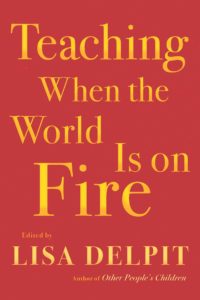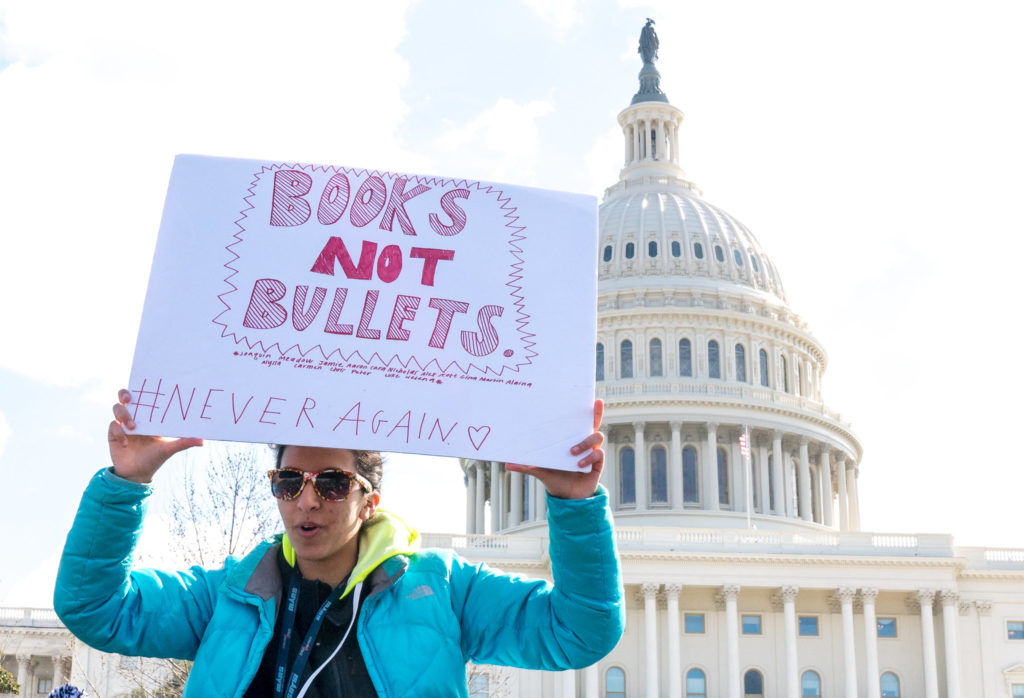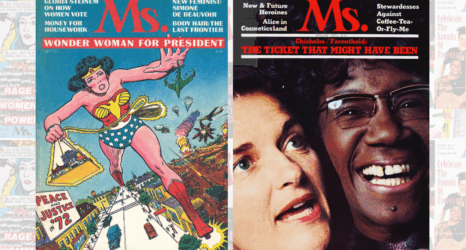On August 22, I went back to school to start my ninth year of teaching. The Amazon rain forest had already been on fire for three weeks. I don’t know if Lisa Delpit knew how literal the title of her book, Teaching When the World Is on Fire, out today, would be—but it illuminates the absolute absurdity of the world we are living and teaching in.

How do you teach students about climate change when Donald Trump pulls America out of the landmark Paris climate accord and thinks you can just nuke hurricanes? How do you teach students to connect with the cultural diversity that makes up the fabric of American society when Donald Trump asserts that the Nazis and White Supremacists in Charlottesville are “very fine people?” How do you teach students about respect, consent, and bodily autonomy when Donald Trump asserts that because of his celebrity status he can “grab ’em by the pussy,” and “…do anything” to women?
How do you teach students math and science and English and history when the world is on fire? You start by reading this book.
Teaching When the World Is on Fire is a collection of essays, practices, anecdotes and advice from educators in every corner of the country. On one hand, it is disheartening knowing that battles against intolerance and hate are being fought in classrooms across the country that also need to be focused on content area. On the other hand, it is heartening knowing that across the country these educators are fighting these battles.
Delpit explains in her introduction that “this book is both an appeal and a summons for teachers,” and it “provides encouragement and motivation, and most of all, inspiration at a time of growing division…” This book achieves that aim.

As an English and Women’s Studies teacher in a diverse suburb of the Washington D.C. area, there is rarely a day or a lesson that goes by that does not circle, if not center, around the tough issues of race and gender and culture. Sometimes it is intentional, but more often than not it is because these are the experiences the students bring into the classroom.
These are the experiences that are shaping their identity at a pivotal moment in their life, and they have questions. As teachers, adults and citizens, we don’t necessarily have the answers. But, as many of the writers in Delpit’s book advise, that doesn’t mean you shut down the conversation.
This is where it can get uncomfortable—because before you can facilitate these discussions in class, you need to “begin by confronting your own biases,” as Jamilah Pitts states in her essay for the collection. Pitt continues her plea for the urgency of these discussions because “…lack of instruction becomes deadly when we allow fear and discomfort to indirectly allow white students to labor under false, privileged assumptions.”
Is it uncomfortable to discuss race as a white teacher? Is it hard to be apolitical in a science class when climate change discussions based on fact are now partisan? Is it difficult to move on to a lesson after practicing a lock down drill in case of an active shooter? Yes. But as we preach to our students about the value of hard work and challenging themselves, we need to do the same.
Teaching When the World Is on Fire is the perfect blueprint for us.
“Yes, Race and Politics Belong in the Classroom,” by H. Richard Milner IV, gives “Ten Tips for Teachers on How to Engage Students in Difficult Conversations.” In Amy Harmon’s “Climate Science Meets a Stubborn Obstacle: Students,” she discusses frequent hurdle teachers face trying to break through to students, especially when it contradicts the world they think they know. “I Was Raised to Believe Education Could Keep Me Safe,” by frederick scott salyers, examines the “near impossible task to educate black children in a society that constantly interrupts that work with such violence.”
Quite frequently, in the Women’s Studies class I teach, students ask questions that I do not have the answer to, because there is no easy answer. But the fact that they are asking the right questions is half the battle. To make these changes—to fight battles against “incivility, hate and violence”—we need to keep questioning the very foundations the American society is built on.
The world outside the walls of our schools does not dance around divisive issues. The world uses these divisions to manipulate and maintain power in every arena. Giving students the tools to question and analyze their world gives them the tools to dismantle the very structures and institutions that run on maintaining inequity.
We can’t change this world or put out these fires unless we engage and activate the minds and hearts of ourselves and our students. That process starts in these pages.





